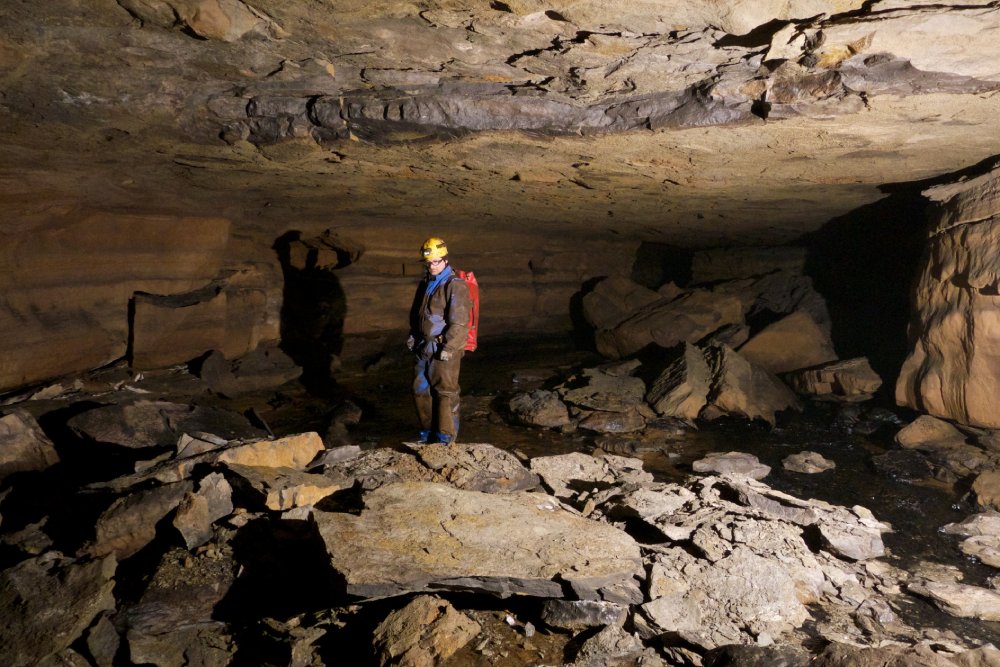In the world of cave diving, cave collapses pose a significant and frequently terrifying risk. The sudden and unexpected occurrence of these events can happen without much notice, putting adventurers discovering underground wonders at serious risk. Although caves may appear to be intriguing and magical locations, they are full of hidden hazards that can quickly transform an exciting experience into a dangerous one.
Many people may find the concept of cave collapses remote and unimportant in their daily lives. Nonetheless, it’s important for people who enjoy cave exploration to be aware of these risks. Cave collapses can cause harm, fatalities, and damage to priceless cave systems, among other issues. These are serious problems that need to be avoided with careful thought and planning.
Thankfully, there are ways to reduce the dangers posed by cave collapses. Climbers can better equip themselves for a safe exploration by becoming more knowledgeable about cave stability and safety precautions. Continue reading to learn more about how to keep yourself safe and what you should know to guard against the risks associated with cave collapses.

The Dangers of Cave Collapses
What Causes Cave Collapses?
Cave collapses can happen for various reasons. The most common causes include:
- Natural Erosion: Over time, water, wind, and other natural forces can erode cave walls and ceilings, making them weaker and more prone to collapsing.
- Earthquakes: Seismic activity can cause sudden shifts in the ground, leading to cave collapses.
- Human Activity: Mining or construction near cave entrances can disturb the delicate balance of a cave, increasing the risk of collapse.
Understanding these causes helps cavers recognize potential dangers and stay alert.
How to Recognize Signs of Potential Cave Collapses
Being able to identify warning signs can make a huge difference in preventing accidents. Look out for:
- Cracks in the Walls: Small cracks can be an indication of instability.
- Falling Debris: If you notice rocks or soil falling from the cave ceiling, it’s a sign that the cave might be unstable.
- Strange Sounds: Unusual noises like creaking or rumbling can signal potential collapses.
If you notice any of these signs, it’s crucial to exit the cave immediately and report the conditions to the appropriate authorities.
Steps to Prevent Cave Collapses
Here’s a simple step-by-step guide to help you stay safe:
- Do Your Research: Before exploring a cave, gather information about its stability and recent conditions. Local caving groups or authorities can provide valuable insights.
- Inspect the Cave: Look for warning signs and avoid areas that seem unstable or damaged.
- Stay on Marked Trails: Following established paths reduces the risk of disturbing the cave’s structure.
- Avoid Touching Walls: Refrain from touching cave walls or ceilings, as this can cause disturbances.
- Prepare for Emergencies: Carry essential gear, including a first aid kit, and make sure you know how to use it.
Following these steps can significantly reduce the risk of encountering dangers from cave collapses.
Conclusion
Cave collapses are serious and can be frightening, but understanding their dangers and taking proper precautions can make a huge difference. By recognizing the causes, and signs, and following safety steps, you can protect yourself and enjoy caving with greater peace of mind. Remember, staying informed and prepared is the key to exploring caves safely.
Read about the dangers of caving alone.
